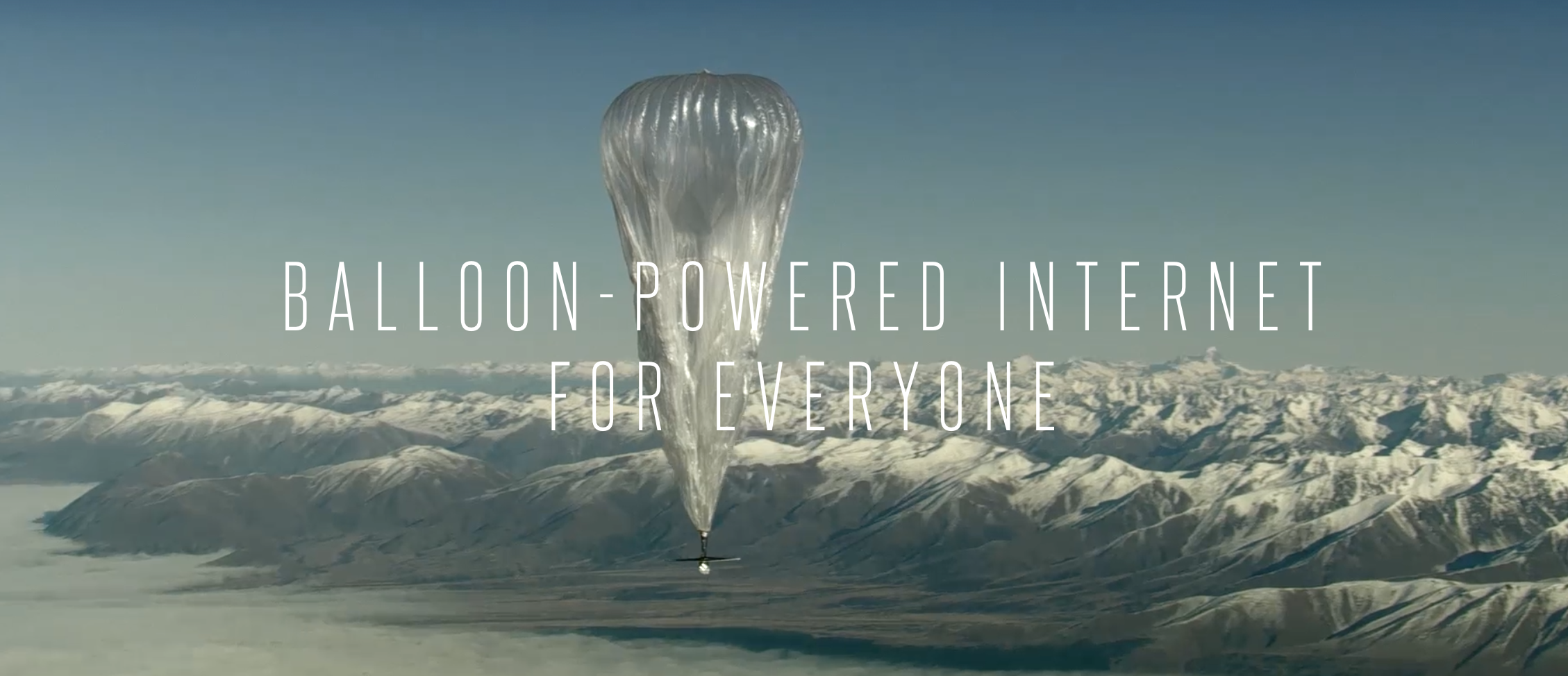The Gift of Sight
Muthu is a poor 60-year old man in a village in the Sivaganga district with seven children. Ten years ago, he sustained a blow to his right eye that caused severe damage on the inner portion of his eye. Due to lack of awareness regarding available eye care facilities and negligence to take proper care of his eyes, Muthu lost vision in his right eye. Recently when his left eye vision began to blur, Muthu informed his son-in-law who referred him to Aravind Eye Hospital. After cataract surgery and one month of recovery, Muthu had regained clear vision. Although the hospital could not save his right eye due to irreparable damage, Muthu was grateful for the gift of sight.
Aravind Eye Care System is located in a country with the largest blind population in the world; 75% of these cases are due to cataracts which is treatable with a simple surgery that most Indians cannot afford. Cataracts are the leading cause of blindness in India, but glaucoma and diabetic reti- nopathy are also prevalent. Asia holds two-thirds of the blind people in the world, three-fourths of the blind reside in India.
An Unlikely Partnership
Across opposite ends of the world, a retired eye care practitioner named Dr. Venkataswamy (Dr. V) and an entrepreneur in the US named David Green came together to revolutionize the eye care delivery system in a country with the highest prevalence of treatable blindness in the world.
In 1976, Dr. V founded Aravind Eye Care System, a hybrid business encompassing several eye hospi- tals in India, educational and training programs, and a research foundation. Dr. V was originally motivated after retirement by a dream to start-up a non-profit eye hospital. His desire was to serve God through humanity as the great activist Gan- dhi and philosopher Sri Aurobindo did in their own lives.
The culture of the organization Dr. V created was felt by the first Aravind employees, as all of the original staff sacrificed their government salaries for less pay and almost double the amount of work and effort. Now that Aravind has expanded and accumulated more profit over time, salaries are better but still not up to par with the private sector salaries.
In 1992, David Green was a successful entrepre- neur based in San Francisco who the founded the non-profit organization Project Impact, which es- tablished Aurolab in India, a major operating part- ner of Aravind Eye Care System. Aurolab manu- factures intraocular lenses at about $4 each in India, compared to $100 each in the United States. As a non-profit charitable trust, Aurolab provides affordable intraocular lenses, suture, pharmaceuticals, and eyeglasses that facilitate over 300,000 eye surgeries performed annually at Aravind Eye Hospitals, making Aravind Eye Care System the largest eye care program in the world.
A New Business Model Emerges
Dr. V partnered with David Green to apply Aurolab’s low-cost, high-volume business model to eye surgery services. About 70% of eye surgeries are performed for free or below cost, while 30% are performed for above cost without compromising quality of care on either side of the price range.
The highly efficient operations coupled with this pricing structure allow the hospitals to maintain a 50% profit margin. Profits are then reinvested into Aravind for growth and expansion of the hospitals, as well as funding other ventures like the research foundation. About 90% of the annual budget is self-generated and 10% comes from charity. Even if the business grows more success- ful and globally-acknowledged in the future and generates more charity interest, Aravind does not plan on compromising the current model. Aravind also makes investments into educational and training programs especially designed to teach people with a wide range of backgrounds.
Efficient Eye Care Delivery
Aravind’s model does not base quality of service on the income of the people it serves. In the Ara- vind model, there is a standard quality of service for the surgeries, which equalizes the patients and keeps clients coming for their services from both sides of the economic spectrum. Aravind has also standardized and engineered cataract surgery for high volume production. About 900 ophthalmic assistants are taken on and trained every year to assist specialist doctors in providing efficient eye care. Recruitment, motivation, and intensive training are all key components that are rooted in making this business work. Dr. V is often routinely quoted for comparing Aravind to McDonald’s, the American fast food chain. According to Dr. V,
McDonald’s core competency is efficiency and mass production, leading to a business that is both highly scalable and replicable.
A recent Aravind Eye Hospital research study quantified their economic and social impact on post-surgery Indian cataract patients. The study indicated that 85% of men and 58% of women regained the jobs they lost due to cataracts. This allowed family caregivers to go back to work as well. The study concluded an increase in house- hold income in the first post-surgery year of pa- tients that was equivalent to fifteen times the cost of cataract surgery.
Aravind Today
Today, the Aravind Health Care System includes five Aravind Eye Hospitals and two Aravind Man- aged Eye Hospitals. Aravind also reaches out to the public by promoting sponsors in local com- munities to create Eye Camps for rural patients who cannot access the eye care facilities in major cities and hubs. At these rural Eye Camps, pa- tients are examined, provided transportation to a nearby hospital, and fed if they are qualified for surgery. While Aravind started as one small eye hospital, through its innovative delivery and busi- ness model with Auro lab, it has now grown to five eye hospitals and two managed eye hospitals in India. Aravind Eye Hospital also has plans to establish its eye hospitals in Tiruppur, Udumalpet, Tuticorin, and Kovilpatti in the near future.
The Future of Aravind
Despite millions of recovered patients, one of Aravind’s biggest obstacles to date is reaching nearly 70% of its patients in rural southern India. Many of the most need based patients must walk miles and spare entire work days in order to visit an Aravind camp or hospital. Mobile clinics have been launched, but they require local sponsors to host them and are cumbersome to plan. How can Aravind eye services better reach the rural poor? How can modern technological advances help to solve this dilemma?
References
“Aurolab Staff List.” Welcome to Aravind Eye Hospitals. World Health Organization Collaborating Centre for Prevention of Blindness. Web. 03 Nov. 2010. <http://www.aravind.org/aboutus/ aurolab_trust.asp>.
David Green. Case Study. Social Profit Network. Web. 03 Nov. 2010. <http:// www.socialprofitnetwork.org/pdfs/david.pdf>.
“Healthcare Panel.” SABA : India Conference 2010. Harvard Business School. Web. 03 Nov. 2010. <http://www.hbsindiaconference.com/panel-healthcare.htm>.
Rangan, Kasturi V. The Aravind Eye Hospital, Madurai, India: In Service for Sight. Publication no. 9-593- 098. Harvard Business School, 2009. Print.
“Vision Centre Is a Boon for the People – A Patient.” Welcome to Aravind Eye Hospitals. World Health Organ-ization Collaborating Centre for Prevention of Blindness. Web. 03 Nov. 2010. www.aravind.org/patientcorner/cataract_exp.asp>
About the Social Enterprise Institute
The Social Enterprise Institute (SEI) is grounded in the belief that business can be a powerful tool in helping to alleviate poverty in the developing world. Through this vision, the Institute offers resources and programs for students to act as agents and proponents for social change by using business solu- tions as a sustainable way to assist the poor. The Institute equips students with knowledge on social entrepreneurship and social enterprise development through our growing academic course offerings in Social Entrepreneurship and areas such as micro-finance, social investment and impact measurement. Additionally, the Institute provides students with field exposure with partner organizations in countries all over the world with hands on learning experience, preparing undergraduates at both the academic and ‘practitioner’ level.
About the Case Series
The purpose of the Social Enterprise Case Series is to help spread awareness of social enterprises op- erating today and to shed light on the issues affecting this rapidly expanding sector. We hope to make information about social entrepreneurship easily accessible to all students interested, no matter their academic discipline. We believe in the power of social enterprise and, more importantly, believe that learning about the extremely diverse approaches within this sector is crucial to driving innovation for new, impactful social enterprise models. In order to accelerate our mission of spreading awareness of social enterprise, we are committed to sharing our publications on an open and free platform.


